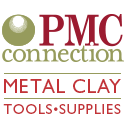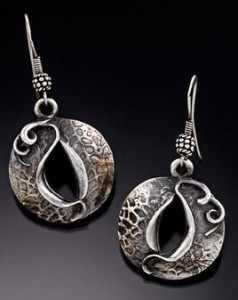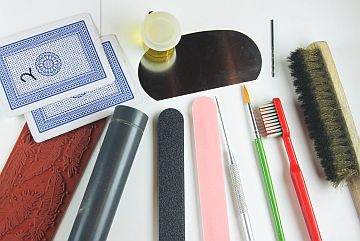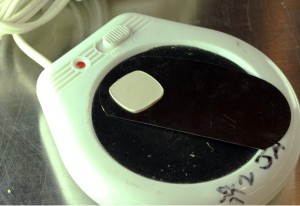The elements are the metal coils in your kiln chamber that radiate the heat. They work just like the thin wire elements in your toaster but are a lot more powerful.
As they age they slowly lose their ability to radiate heat into the kiln. You may notice that your firings take longer and longer. Eventually, if you do not replace them, the controller will display an error message that tells you the elements can no longer achieve the firing rate and will shut the kiln down. If you have a manually operated kiln, the elements will eventually completely fail.
It is not uncommon for elements to last 100’s of firings. It all depends on the programs you run and well you take care of your elements. So how do you take care of your elements?
Vacuum the Element Grooves
When dust and debris settle on the elements they can eat away them, drastically shortening their potential life. Vacuuming your elements on a regular basis can sometimes more then double their life.
Use a Shop-Vac, or a strong home vacuum cleaner, and run it across the element grooves in your kiln chamber. Be careful not to touch the thermocouple with any part of the vacuum hose. The particles flowing through the hose create static which could be transferred through the thermocouple and damage the controller.
If you notice any pieces of glaze or glass in contact with the element be sure to get them out because they can instantly burn out an element. Try to do this once a month and you will be glad you did.
Do Not Burn Combustible Material
Clay and glaze have a certain amount of combustible material that burns out of them but most commercial materials available will not cause too much damage to your kiln if you follow your manufacturers recommendations for venting.
The biggest culprit is usually the wadded paper people forget to remove when they are building a hollow clay sculptures. Just be cognizant that if it creates smoke, it is not good for your elements.
Venting
Even if you are not burning combustibles, it is still a good idea to follow your manufacturers instruction for venting the kiln. This is not only to make your elements last longer, it also can make your ware turn out better.
Avoid High Temperatures If Possible
There are certain clay bodies, glazes and techniques that require you to fire your kiln to high temperatures and sometimes hold at high temperatures to create interesting glaze effects. We would never want to discourage you from working with these materials or techniques, you just have to be aware that your elements are not going to last a long time. A lot of times it is really worth it.
Manufacturer Links – Elements
Skutt
Printed
http://www.skutt.com/pdf/service_manual/10-1_elements.pdf





































